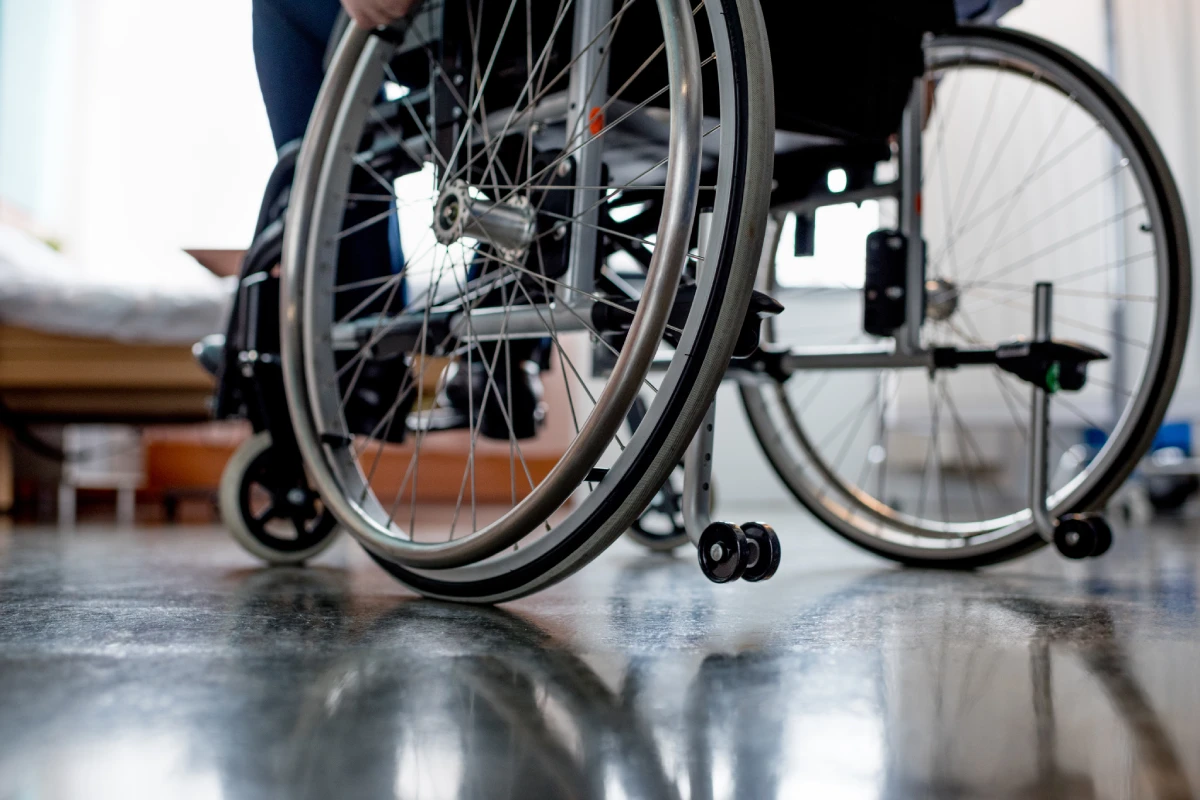There are hundreds of disabilities that qualify a person for Social Security Disability Insurance (SSDI). Knowing which disabilities qualify is the first step in applying for Social Security disability benefits.
Musculoskeletal System & Connective Tissue Disorders
The musculoskeletal system includes bones, ligaments, cartilage, and other connective tissues. Those who have a musculoskeletal system or connective tissue disorder may have trouble walking, standing, or sitting. These disorders account for roughly 30% of disorders for which people are receiving Social Security benefits.
Common musculoskeletal system and connective tissue disorders include:
- Arthritis
- Fibromyalgia
- Scoliosis
- Ruptured discs
- Carpal tunnel syndrome
- Degenerative disc disease
Mood Disorders
Mood disorders make up roughly 13% of disorders for which people are receiving Social Security benefits. These types of disorders alter a person’s mood and make managing emotions challenging. A person with one or more of these disorders may find themselves excessively irritable, sad, or filled with feelings of emptiness. Depending on the case, mood disorders can drastically impact a person’s ability to work.
Common mood disorders include:
- Bipolar disorder
- Major depressive disorder
- Cyclothymic disorder
- Seasonal affective disorder
- Persistent depressive disorder
Nervous System Disorders
The nervous system is responsible for helping different parts of the body communicate with one another. When a person has a nervous system disorder, the body is unable to communicate properly, resulting in minor to severe dysfunction. Nervous system disorders account for roughly 10% of disorders for which people are receiving Social Security benefits.
Common nervous system disorders include:
- Infections (i.e. meningitis and polio)
- Epilepsy
- Multiple sclerosis
- Parkinson’s disease
- Bell’s palsy
- Brain or spinal cord injuries
Intellectual Disabilities
As defined by the American Association on Intellectual and Developmental Disorders (AAIDD), intellectual disabilities involve limitations in learning, reasoning, problem-solving, and adaptive behavior. Intellectual disabilities make up roughly 8.5% of disorders for which people are receiving Social Security benefits.
Common intellectual disabilities include:
- Fragile X Syndrome
- Developmental delays
- Down syndrome
- Fetal alcohol spectrum disorder (FASD)
- Prader-Willi syndrome (PWS)
Circulatory System Conditions
Also known as the cardiovascular system, the circulatory system is responsible for distributing blood throughout the body. It also brings nutrients, oxygen, and hormones to the body’s cells. Without the circulatory system, a person’s body cannot function properly. Circulatory system conditions account for roughly 7% of disorders for which people are receiving Social Security benefits.
Common circulatory system conditions include:
- Heart attack
- Atherosclerosis
- Arrhythmia and dysrhythmia
- Heart failure
- High cholesterol or high blood pressure
- Stroke
- Peripheral artery disease (PAD)
Psychotic Disorders
Psychotic disorders are severe mental disorders that can cause hallucinations, delusions, catatonic behavior, and disorganized speech. Those with psychotic disorders may find it difficult to control their thoughts and emotions, making it difficult to work. Psychotic disorders make up roughly 4.8% of disorders for which people are receiving Social Security benefits.
Common psychotic disorders include:
- Delusional disorder
- Schizophrenia
- Schizoaffective disorder
Other Mental Disorders
Mental disorders not previously listed under any other category account for roughly 4% of disorders for which people are receiving Social Security benefits.
Injuries
Physical injuries can have lasting effects and sometimes lead to disabilities. Only a total disability that leaves a person unable to work would lead someone to apply for SSDI. Injuries make up roughly 3.5% of disorders for which people are receiving Social Security benefits.
Common injuries can occur from a multitude of scenarios, including:
Organic Mental Disorders
Also known as chronic organic brain syndromes, organic mental disorders are categorized as brain afflictions that result in extreme psychological or behavioral issues. Symptoms of these disorders can include brain function loss, confusion, and memory loss. Organic mental disorders account for roughly 3% of disorders for which people are receiving Social Security benefits.
Common organic mental disorders include:
- Dementia
- Amnesia
- Alzheimer’s disease
- Delirium
Neoplasms
Also referred to as tumors, neoplasms are uncontrolled, abnormal growths in the body. They can be benign, pre-cancerous, or cancerous. As the neoplasm grows, it can affect organs and become life-threatening.
Common neoplasms include:
- Fibromas
- Adenomas
- Lipomas
- Hemangiomas
If you are starting the application process, reach out to Rob Levine today! With a thorough understanding of the process, our team of experienced Social Security disability lawyers can help you through it with ease!





